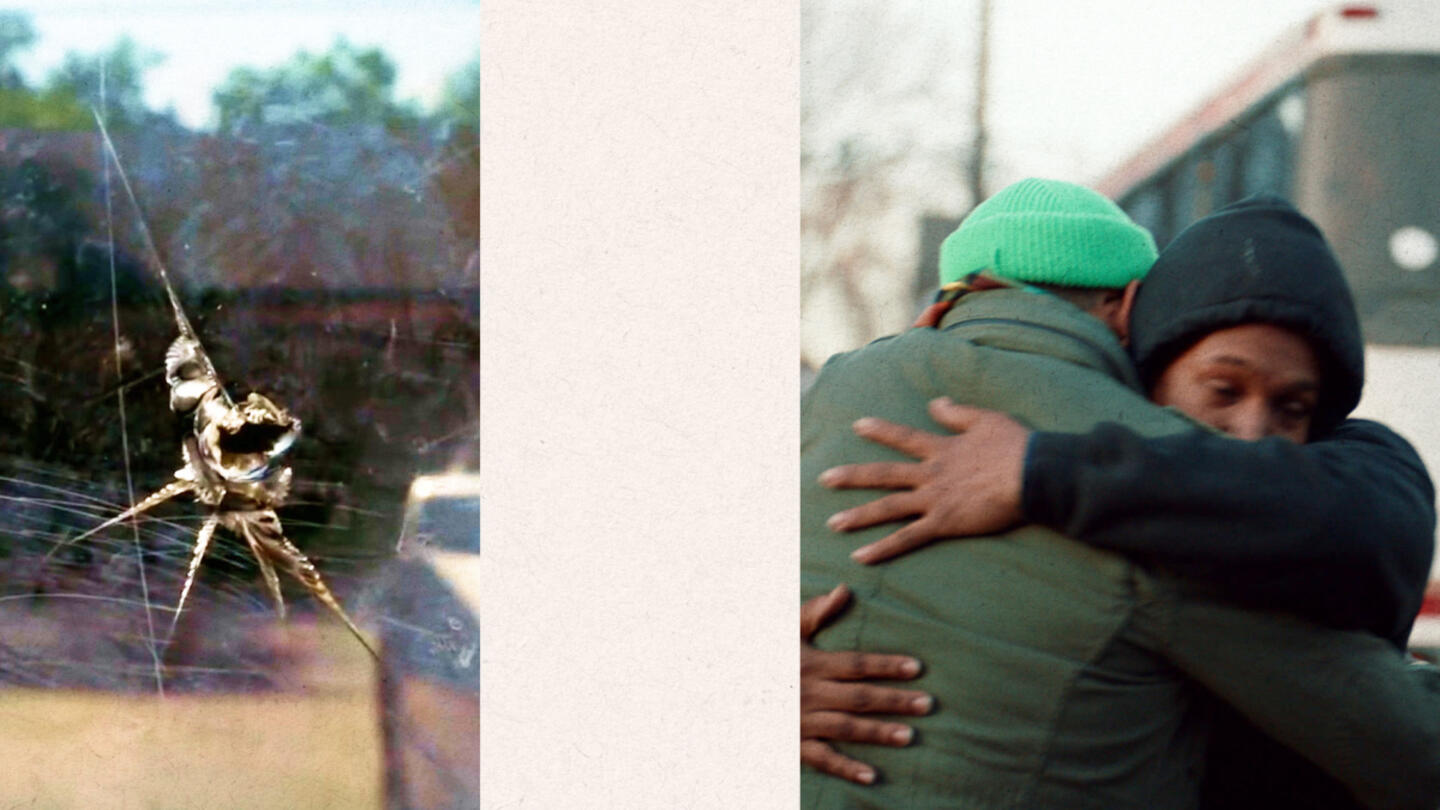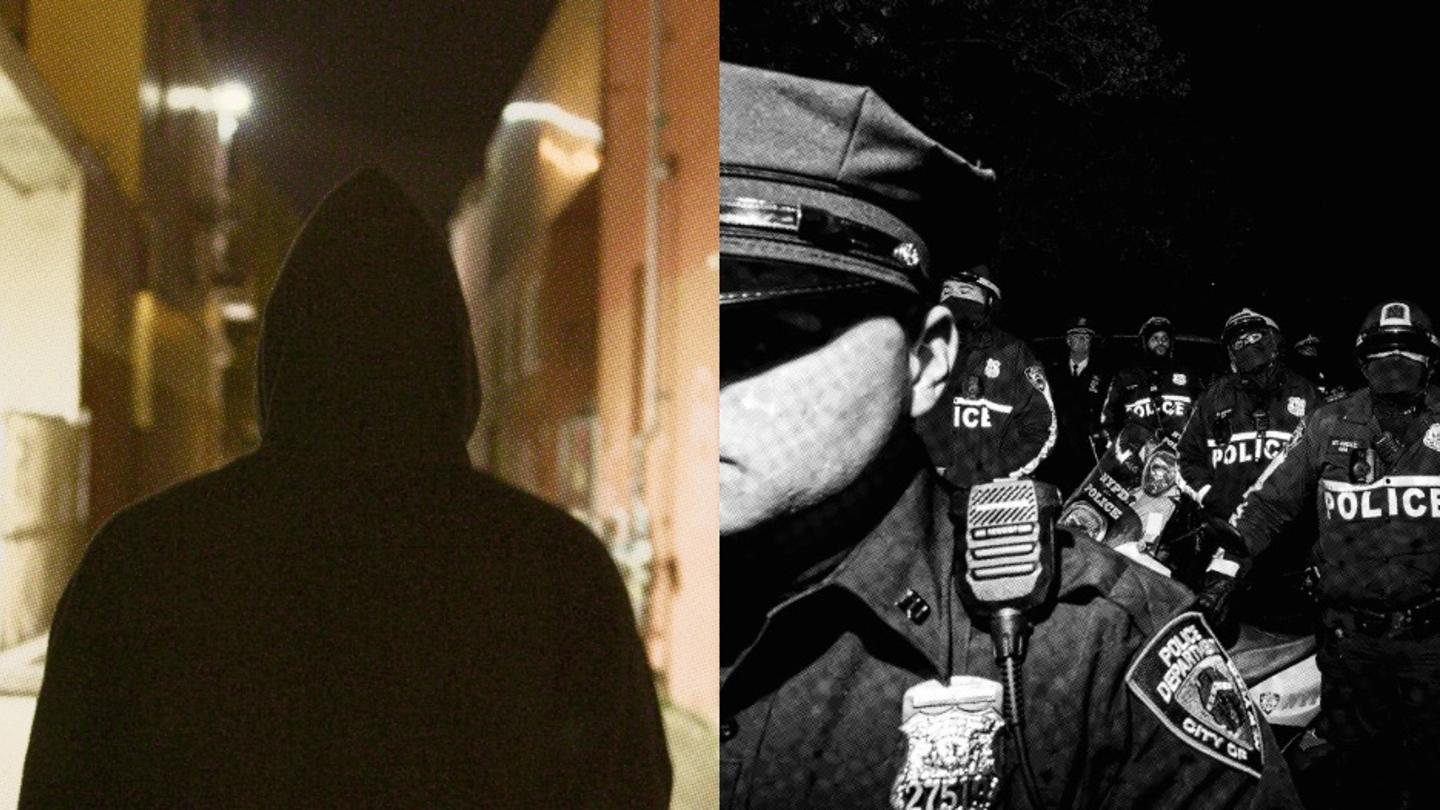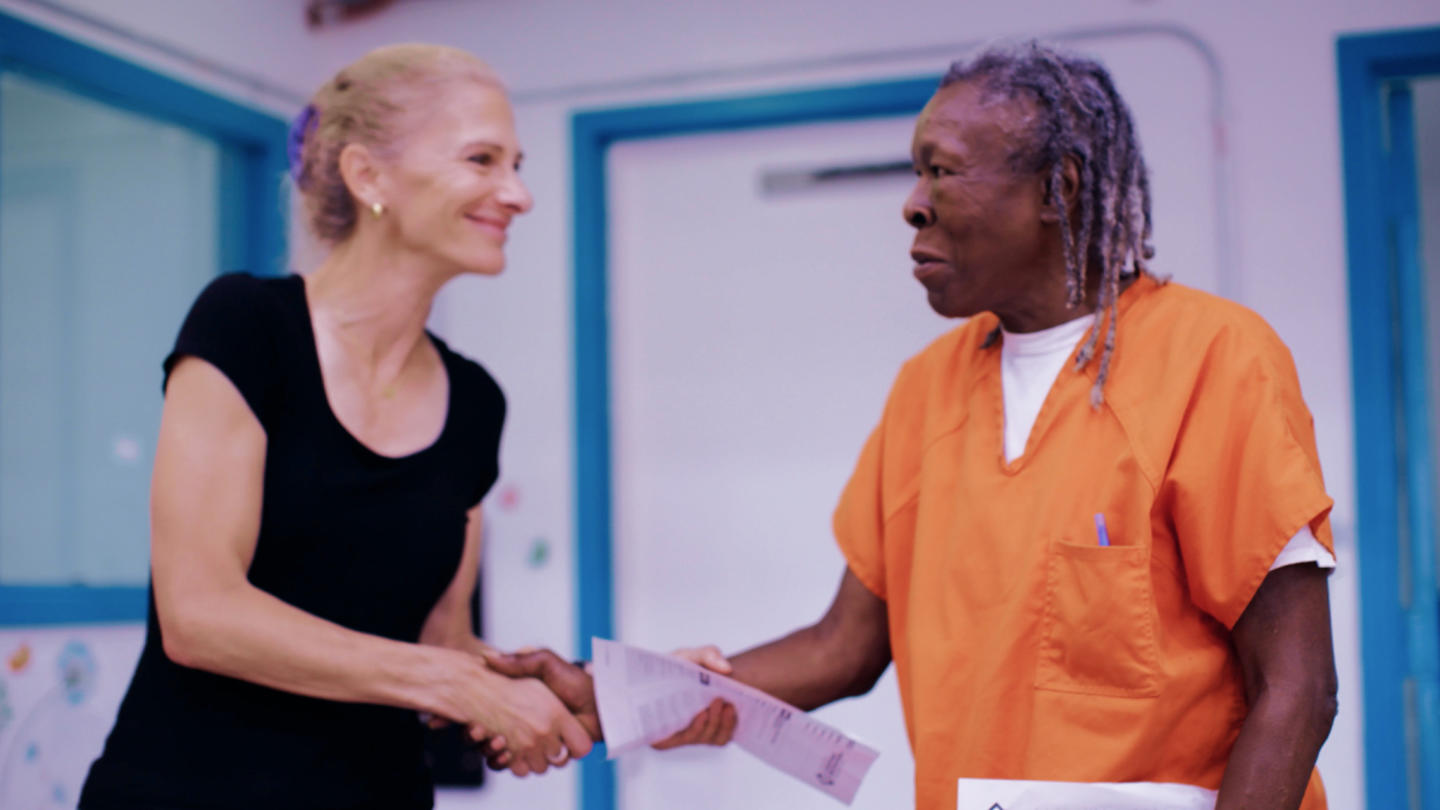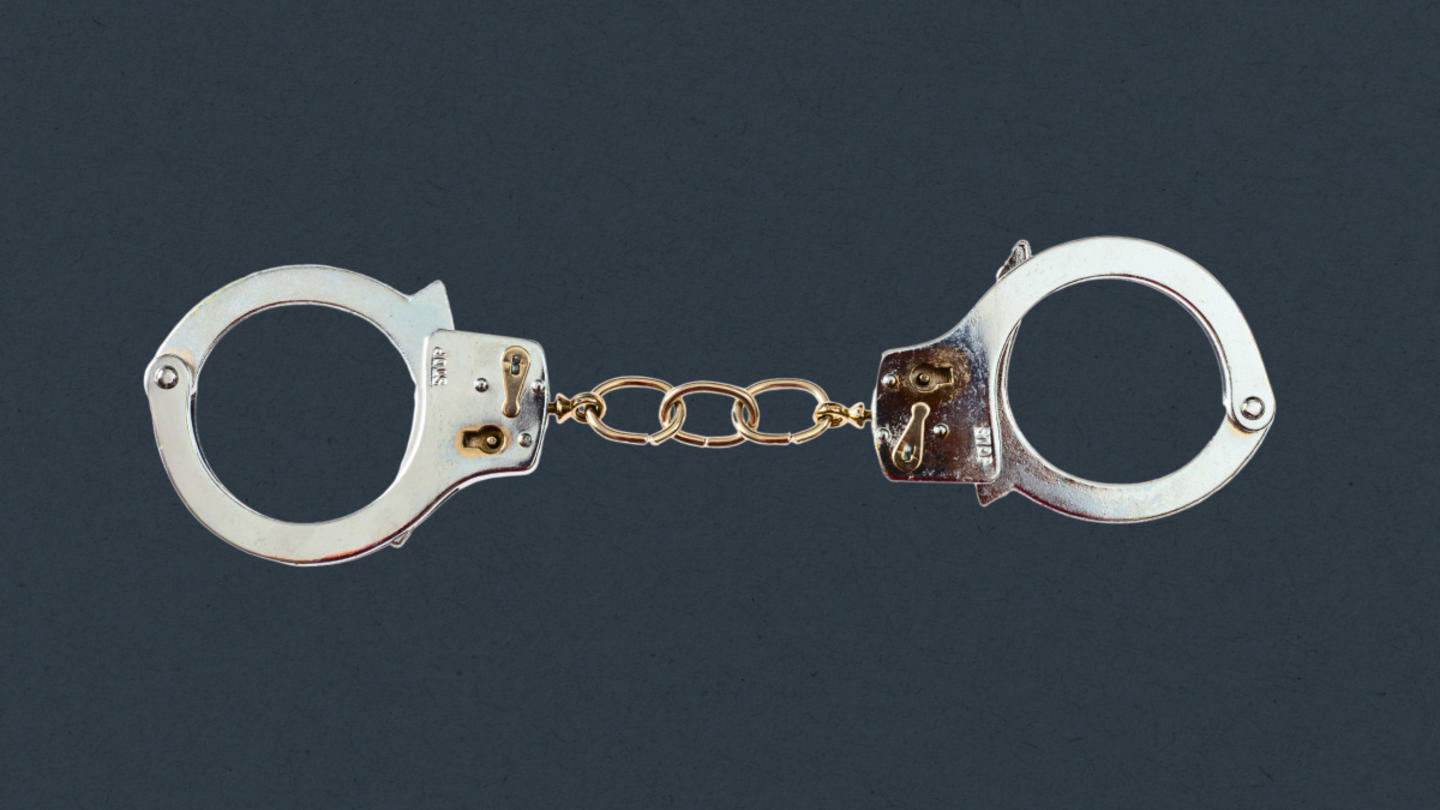How does criminal justice reform strengthen communities?
Criminal justice reform is at the heart of community transformation, providing a pathway to a safer society. Addressing the root causes of crime and reducing recidivism creates safer neighborhoods while respecting the dignity and potential of every individual.
Every person has something valuable to offer, and reforms grounded in fairness and accountability help rebuild lives, restore trust, and enhance public safety.
The challenges extend beyond the justice system, impacting schools, businesses, and entire communities. Real change requires a commitment to equal justice and the belief that every individual deserves the opportunity to thrive.
Key areas for transformative criminal justice reform
Real change in the criminal justice system means digging into the deeper issues affecting individuals and communities. Embracing rehabilitative justice, making fairness under the law a priority, and addressing the root causes of inequality are all key to creating a society where safety, dignity, and opportunity thrive.
1. Ensuring equal justice under the law
A justice system rooted in fairness ensures equal treatment for all, safeguarding public safety while upholding human dignity.
Evidence-based initiatives are vital to correcting systemic injustices, including:
- Reducing overcriminalization
- Reducing recidivism through re-entry resources and training for people exiting prison
2. Education as a pathway to reform
Access to quality education remains one of the most critical factors in reducing crime and breaking systemic cycles of inequality. Communities that prioritize education — both within and beyond the justice system — open doors for individuals to reach their full potential.
Mt. Tamalpais College, the only accredited independent college within a U.S. prison, offers incarcerated individuals associate degrees transferable to four-year institutions. By emphasizing individualized education, it transforms lives and reduces recidivism. Nationwide, 70% of released individuals return to prison within five years, but only 5% of Mt. Tamalpais graduates do.
3. Addressing intolerance and bridging divides
Building strong and supportive communities also requires addressing the deep divides that foster intolerance. By investing in research and initiatives that explore the roots of bias and prejudice, efforts to advance a culture of openness and tolerance create opportunities for understanding.
Programs like Princeton University’s Bridging Divides Initiative (BDI) foster unity by equipping communities with tools to resolve conflicts, reduce fear, and promote peaceful discourse. Using data to predict and address political conflict, BDI’s de-escalation framework provides guides, training, and resources, creating environments where free expression thrives while enabling productive debate and peaceful protest.
Sign up for the Strong & Safe Communities newsletter for stories, ideas, and advice from changemakers working with their neighbors to address the biggest problems we face.
4. Breaking the cycle of poverty and crime
Poverty often stands in the way of opportunity, trapping individuals and families in cycles of struggle and exclusion. Criminal justice reform that works with local organizations can be a powerful way to spark change.
Grassroots initiatives, led by community partners, empower individuals to break free from cycles of poverty by addressing immediate needs and creating opportunities for growth. These efforts benefit everyone, as individuals bring their unique talents to the table, strengthening families and building stronger, more connected communities.
The Georgia Justice Project (GJP) is a nonprofit organization that provides legal representation, reentry support, and advocacy to over 500 individuals impacted by the criminal justice system a year. Its focus is on breaking the cycle of poverty and crime. With GJP's support, clients are ten times less likely to face conviction compared to the national average.
5. Community engagement in criminal justice reform
Community involvement is key to making criminal justice reform work. When communities actively participate in reentry programs and educational initiatives, they help reduce the stigma associated with incarceration and create opportunities for successful reintegration. This kind of collaboration benefits formerly incarcerated individuals by helping them become fully rehabilitated and strengthening community trust, stability, and connection.
JUMPSTART Prison Ministry is a peer-led program that supports incarcerated individuals while fostering community and mentorship through a 40-week character development course. This is followed by comprehensive post-release support, including housing, health care, and employment assistance, successfully achieving a 96% success rate.
Upholding dignity while ensuring safety through criminal justice reform
A justice system that values human dignity focuses on rehabilitation over punishment, recognizing that individuals should not be defined by their worst mistakes. By addressing the root causes of crime and empowering people to rebuild their lives, these reforms can help reduce recidivism, strengthen community bonds, and create safer, more compassionate societies.
Criminal justice reform offers a transformative pathway to public safety, fostering fairness, accountability, and opportunity for all. Through meaningful changes, we can build stronger communities where every individual has the chance to thrive.
More about criminal justice reform
- Hudson Link partners with colleges in correctional facilities, advancing criminal justice reform by empowering incarcerated individuals to rebuild their lives through education.
- These 5 nonprofits are actively reducing recidivism through innovative strategies that help keep individuals from returning to incarceration.
- The Frederick Douglass Project fosters face-to-face conversations between incarcerated individuals and visitors, showing how community involvement can drive personal transformation and systemic criminal justice reform.
- Café Momentum hires justice-involved youth at a restaurant, providing mentorship, life skills, and second chances that transform lives.
***
Learn more about Stand Together’s criminal justice efforts, and explore ways you can partner with us.

How community leaders can get sustainable solutions that stick

We already have a key to reducing violent crime, according to this former law enforcement officer turned leading policy researcher.

The Frederick Douglass Project uses face-to-face conversations in prison to unlock possibilities for everyone.

About half of people leaving prison or jail will return. These five nonprofits want to change that.
